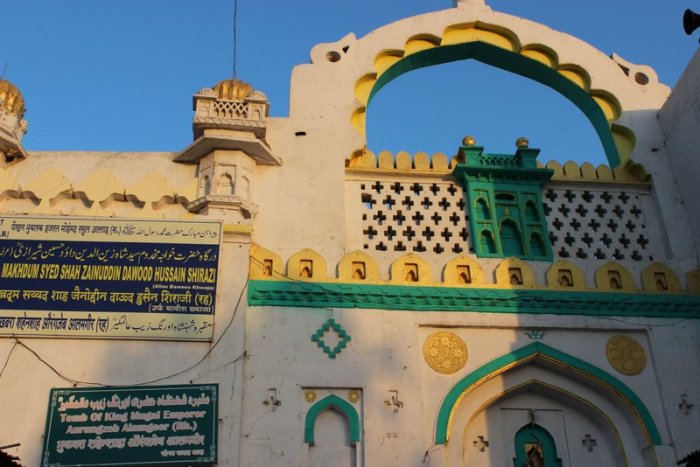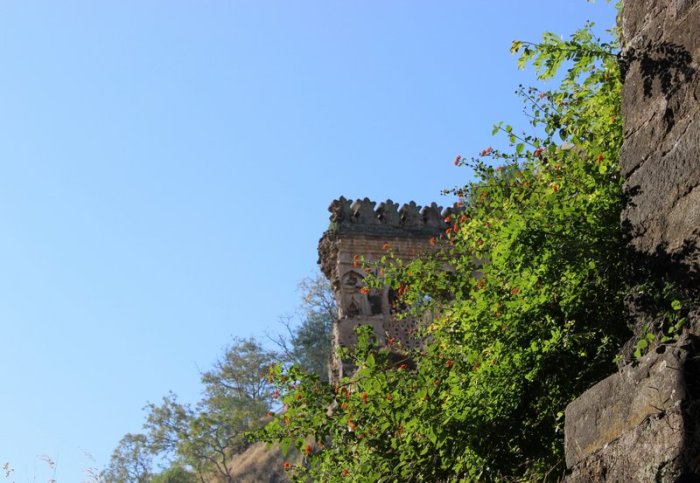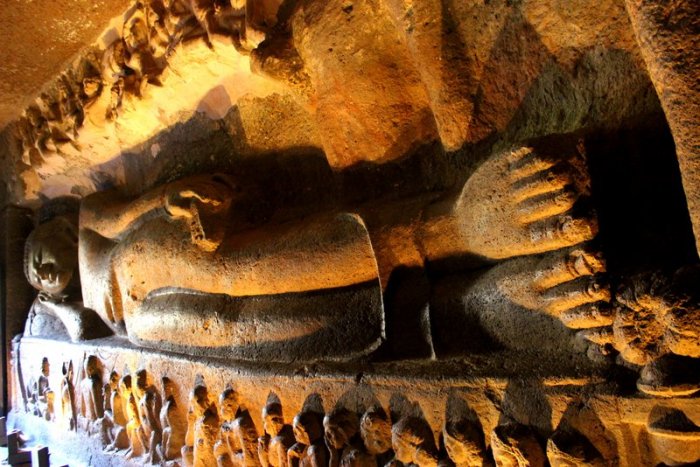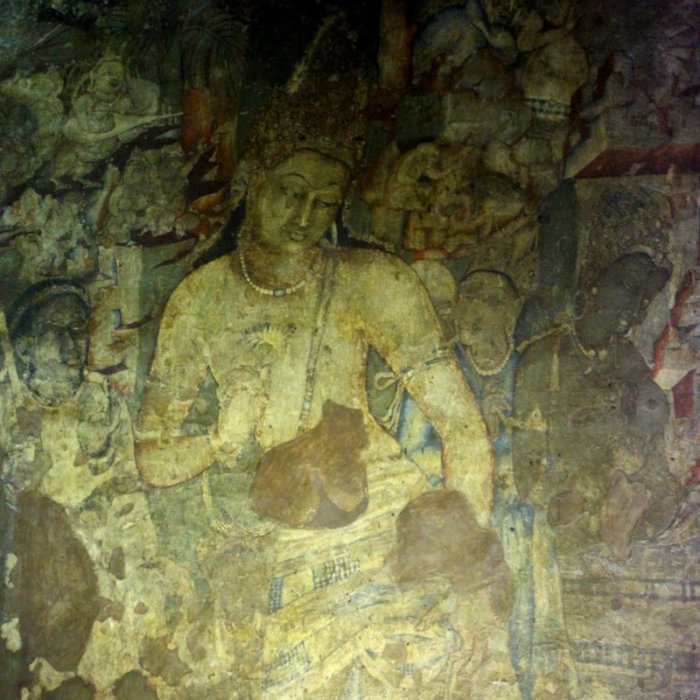The visit to Nala Sopara in March this year had its beginnings in a museum located 85 km away in Mumbai. On one of my many visits to the sculpture gallery of the Chhatrapati Shivaji Maharaj Vastu Sangrahalaya, I came across an exhibit which, at first glance, looked like a random block of stone.
 But museums don’t exhibit just about any random block of stone, do they? A closer look at the stone exhibit revealed inscriptions and when I read the accompanying information board, discovered that I was looking at the 9th Ashokan Edict. This edict, which dates the third century BCE, had been found at a stupa in Nala Sopara.
But museums don’t exhibit just about any random block of stone, do they? A closer look at the stone exhibit revealed inscriptions and when I read the accompanying information board, discovered that I was looking at the 9th Ashokan Edict. This edict, which dates the third century BCE, had been found at a stupa in Nala Sopara.
I was vaguely aware that Nala Sopara had a Buddhist past, but this was the first time I was hearing about the presence of a stupa there. An internet search revealed that the stupa at Nala Sopara still existed, that it was under the care of the Archaeological Survey of India (ASI), and also that one could visit it. The same internet search also led me to this fabulous blog post that not only talked about the stupa, but also an ancient temple in Nala Sopara — the Chakreshwar Mahadev Temple.
The result? The first free Saturday that came up saw me headed for Nala Sopara (which is connected by suburban train services from Mumbai) with my friends — Anuradha, Rama and Rupal. 🙂
Continue reading “Buddha, Brahma & Shankaracharya: A visit to Nala Sopara”

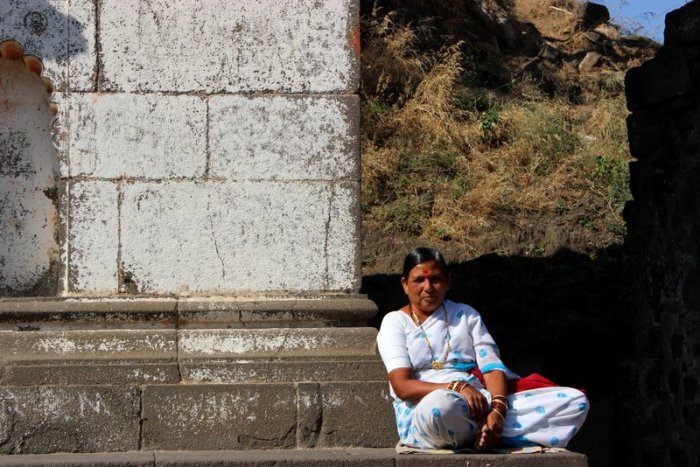
 When I spot a dome as I negotiate yet another set of steps (see photo on the left), I think I have reached the summit. I am so happy and relieved that I run up the “last” few steps.
When I spot a dome as I negotiate yet another set of steps (see photo on the left), I think I have reached the summit. I am so happy and relieved that I run up the “last” few steps. I decide to take a longer break before resuming with the climb and move to the shade of some trees. I notice a middle-aged woman sweeping the area outside the domed structure.
I decide to take a longer break before resuming with the climb and move to the shade of some trees. I notice a middle-aged woman sweeping the area outside the domed structure.